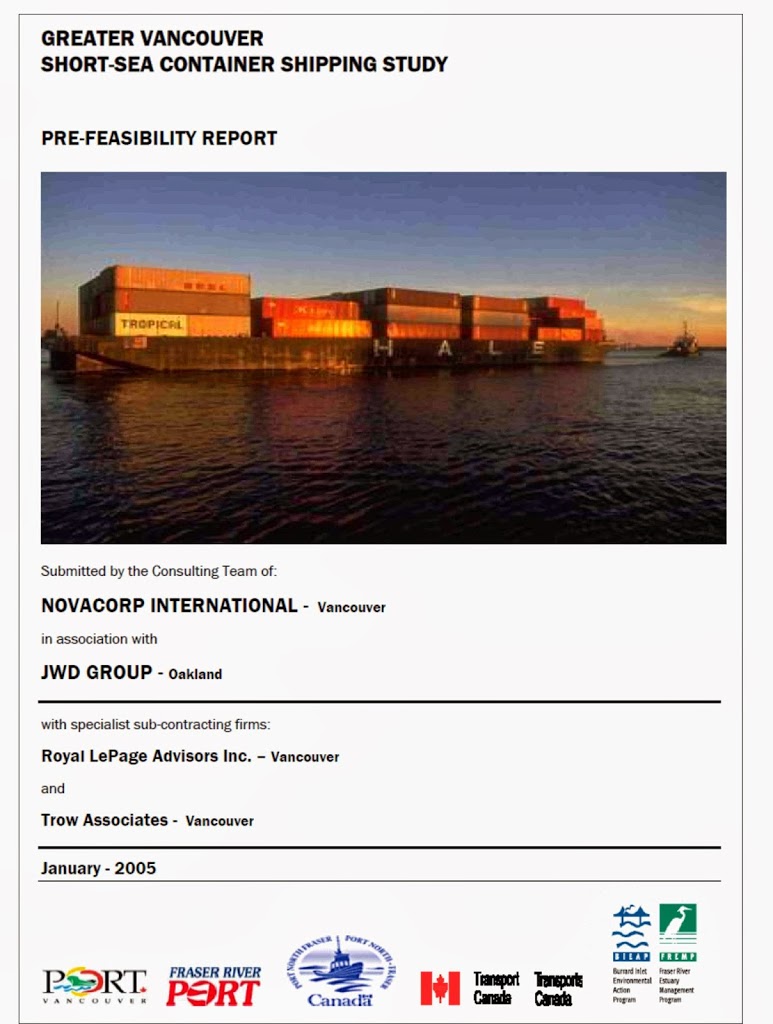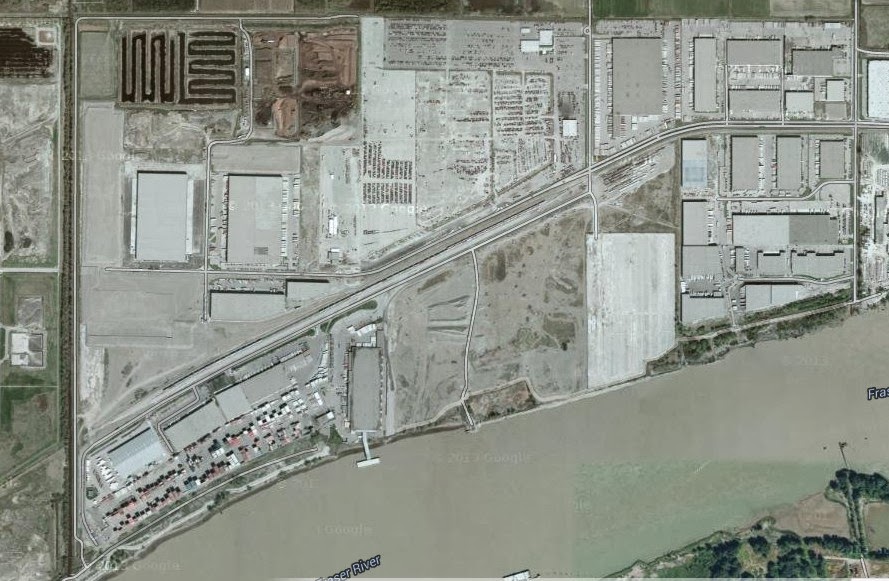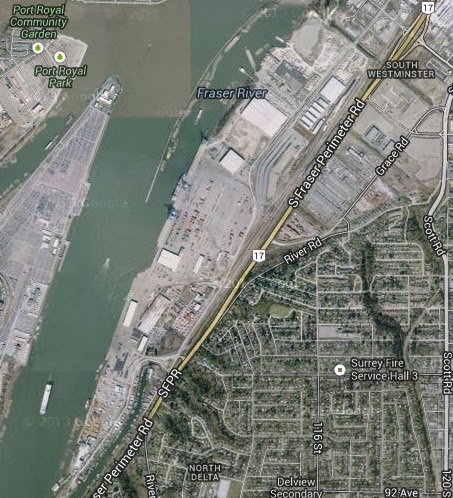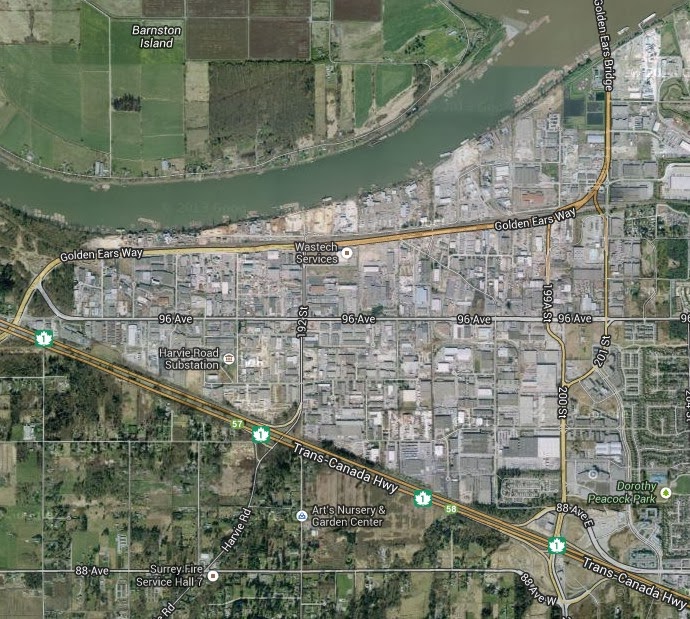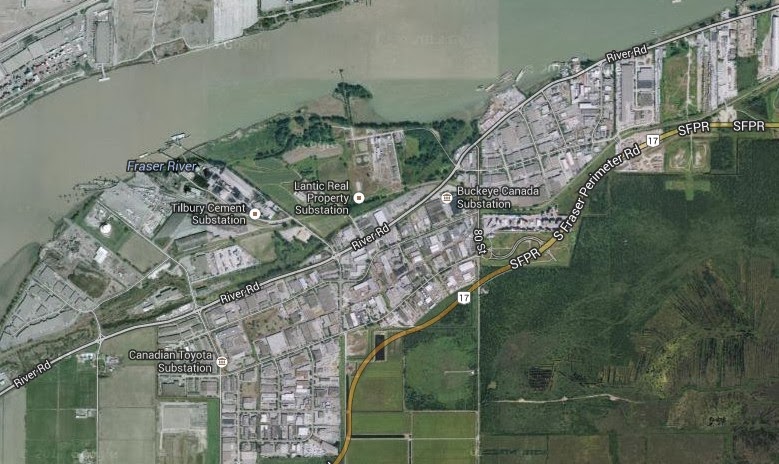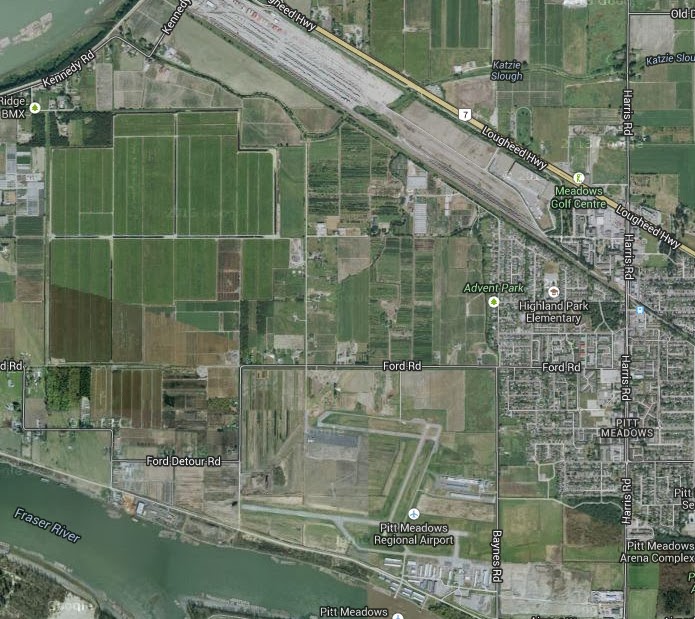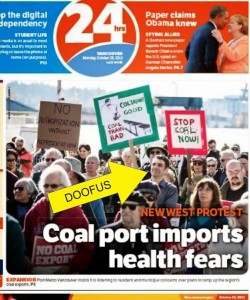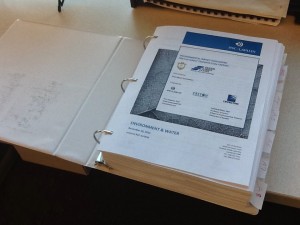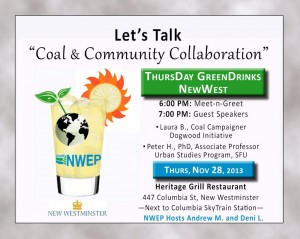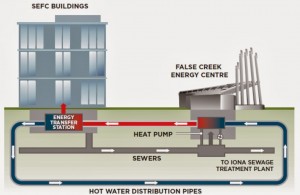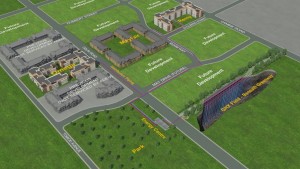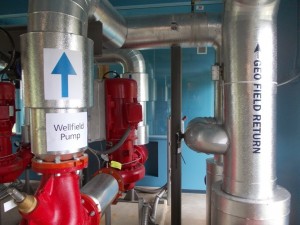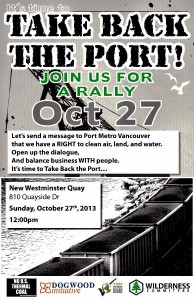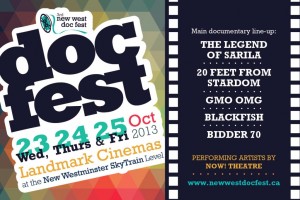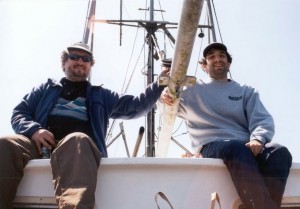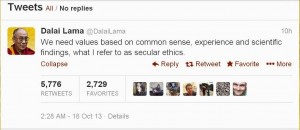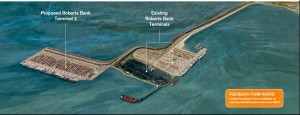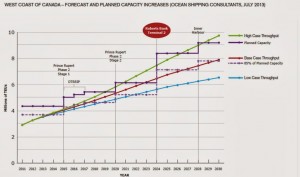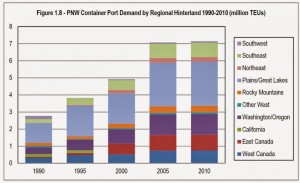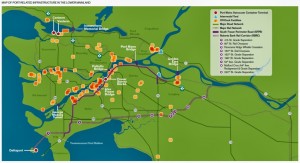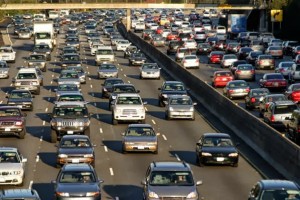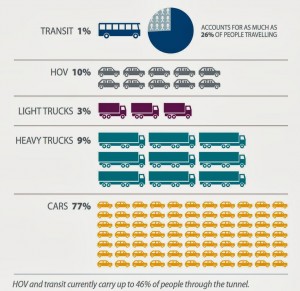I loved this opinion piece in the News Leader last week. I’m just sorry it took me a week to pen this retort.
If I can paraphrase the rhetorical question by Ms. Ouellet-Martin, it is “Can short sea shipping help us manage increased Port activity while protecting the livability of our Cities?”
The answer can be found in this report, which is more than a decade old now, with no sign that any action has come out of it. But first, a bit of background.
This study was commissioned back in the heady days of 2005, when there were still three port authorities in Greater Vancouver. The Vancouver Port Authority was responsible for the Ports around Burrard Inlet, the Fraser River Port Authority for those on the main part of the Fraser River and the North Fraser Port authority for the few remaining port activities along the north and middle arms.
All three Ports were running fine and were financially self-sufficient despite the downloading of many responsibilities (environmental protection of the shorelines, dredging costs) from the federal agencies that used to do them (DFO, Coast Guard, etc.) to the local authorities. Perhaps most importantly, they were run by local authorities who had experience with Port Operations (mostly people who had spent their carrers either operating the Port, or Captaining ships). It was during these times that Fraser Surrey Dock built a container facility, spending $190 Million to attract container ships that instead decided to go to Burrard Inlet after some Merger and Acquisition action hit their main customer. So in 2008, the Federal Government decided to amalgamate all three ports in to a single entity, allegedly to prevent this type of competition. They were so proud of the change that they announced it less than a week before Christmas 2007, and it came into effect two weeks later on January 1. Christmas news releases are a sure way to let you know even the government thinks what it is doing might be a bad idea.
With the amalgamation came another change. The Port People and Ships Captains were out. The Port Authority is now going to be run by business types. The CEO is not a former stevedore, he is a former jet turbine engineer who instead worked his way up the corporate ladder through Mergers and Acquisitions, for businesses that make chemicals and steel or developing real estate. The only thing he knows about Ports is he bought one once. Makes sense, though, as his job is not to facilitate the movement of goods on and off of ships, but to “leverage positions” and “deliver value” for his “capital-intensive, asset- and service-focused large corporate customers”.
His job is not to move goods. It is to use the movement of goods as the tool to create a high return on investment for his shareholder. But I digress…
The important point of the study is that it looked at the economics of moving containers through our region not by road, but on barges. They went so far as to do an economic analysis of 5 potential node sites where short-sea shipping infrastructure could suit the local goods movement market and the existing supply chains to the distant hinterlands that are the Port’s real customers. They evaluated the practicality, infrastructure requirements (with cost estimates), efficiency of goods movement, and even the air emissions related to the changeover.
The conclusions? Allow me to quote:
- Intra-regional short-sea container shipping in Greater Vancouver offers promising, commercially viable, private sector opportunities in the short to medium-term for specific short-sea container terminal locations on the Fraser River.
- Short-sea container shipping, for selected terminal locations and routes and with sufficient volume, offers price competitiveness with trucking and some competitive advantages (likely to expand dramatically over time) in the areas of delivery time and delivery time reliability. These advantages occur because of road network congestion as well as deep-sea terminal flow issues, gate congestion, reservation limitations and operating hour limitations. All of these factors impact on truck transfer delivery time and costs but do not affect a short-sea operation with on-dock marshalling areas.
- Expected increases in environmental emissions from the intra-regional transfer of containers by truck will be moderated to the extent that short-sea operations absorb some of the future growth.
- It will be critical for short-sea service investors and proponents to invest the capital and make the long-term commitment necessary to establish reliability and confidence in the market place. The Consulting Team is aware of a number of regional operators and external investors who are seriously interested in this opportunity.
There is more, but you get the drift. Short-sea shipping could work based on 2005 container movement levels and density, and the economics improved as container volumes increased along with road congestion. Note the growth in container demand up to 2013 has almost caught up to match the projections from this 2005 study despite the significant blip caused by the recession that started in 2008. The Port is clearly bully on containers, considering their development plans at Roberts Bank.
Now, about that road congestion. The report outlines the major road movement plans that were starting to come to light as part of the Gateway Strategy, all delivered, remember, “On Time and On Budget”:
- Golden Ears Bridge (promised by 2008, opened in 2009)
- North Fraser Perimeter Road (promised by 2011, now cancelled)
- Twin Port Mann, 6-lane Highway 1 (promised by 2011, over-delivered in 2013)
- South Fraser Perimeter Road (promised by 2011, delivered 2014)
The study proved that short-sea shipping was economically feasible, and would result in cleaner air and less congested roads, all we needed to do was invest in a little infrastructure on Port lands. So let’s look at the 5 highlighted sites from the study and see what type of infrastructure development is happening:
Coast 2000 (Richmond): Since 2005, the Port have bought adjacent farmland with an eye on future expansion, they have built no less than 23 new warehouse buildings for leasing to trucking and logistics companies, and not a single dock to the adjacent river has been built. The only dock facility on the entire 300 hectare site with 2.5km of deep river waterfront is one that has been there since before 2005, and is (rarely) used to move small break-bulk.
Fraser Surrey Docks (Surrey/Delta): Now deciding that importing dirty thermal coal from Wyoming that no port on the west coast of the USA will take is their only economic salvation.
Port Kells (Surrey/Langley): Has seen huge growth in the last decade – of truck-serviced warehouses. The entire area between the Trans Canada Highway and the River, from the Golden Ears Bridge to 190th, is over 630 hectares with more than 3 km of prime Fraser River waterfront, direct connections to two major freeways and a major rail line, and literally hundreds of warehouses, yet the only thing that moves on and off of boats is woodchips onto barges.
Tilbury (Delta): Tilbury is the long industrial strip along the north shore of Delta between the Alex Fraser Bridge and Deas Island. Used to be it was the industrial area you could never get to; now with the SFPR complete, it is becoming the industrial area you can’t get out of. The SFPR has facilitated expanded growth here, more warehouses and industrial land, but of course no new docks. The good news here is the location of SeaSpan – about the only place where a quasi-short-sea shipping mode happens in BC. They have a series of dedicated barges that move rail cars and truck trailer to Vancouver Island and back every day, as they have for the best part of a century.
Pitt Meadows Airport (Pitt Meadows): This area was ripe for development in 2005, but apparently the Port lost interest, and the municipality decided former farmland in the floodplain of the Fraser River was better utilized as residential development. There is essentially no industrial use of the waterfront in this area, despite proximity to the massive CP Intermodal Yard where every container that does not come or go by train must, alas, go on the back of a truck, because the river is way over there – across the street.
I could go on with other industrial waterfront areas that are not even evaluated in this report, the Mary Hill Bypass area of Port Coquitlam, Albion Flats, even the Mission waterfront. They have what you need – navigable river access, rail lines, and relatively direct freeway access far from commercial centres and their traffic hassles. Except for that last point, you could include Queensborough and Annacis Island. All they need (according to the report) is for the Port to invest in some waterfront infrastructure, or create economic incentives for private industry to do the same.
Instead, after amalgamation, this report was shelved, as the Port decided to go the other direction, to fit with the new business plan. They will continue to build warehouses that can quickly return lease money, and rely on infrastructure built by others (after all, you and I pay for those roads and bridges, the Port doesn’t even have to pay property tax). Instead of using their infrastructure investment money to improve the livability of our community and the efficiency of goods movement through the Port, they continue to buy up farmland (or create new land in the sea) so that they can lease that out to logistics and operations companies for a handsome profit. This is why I say the Port is no longer in the goods movement business, they are in the real estate development business.
Is it time for Short-sea shipping? Can it help with traffic congestion on our streets, and still provide efficient movement of goods? Can it reduce emissions, improve air quality, and improve the livability of our cities? The answers to all of those questions appear to be “yes”.
Is it in the business interest of the Port? That is the question we should be asking.
